5 Things You Don't Know About Tea
An expert explains that brewing the perfect cup is not as fussy as you might think.
By Lynn Andriani
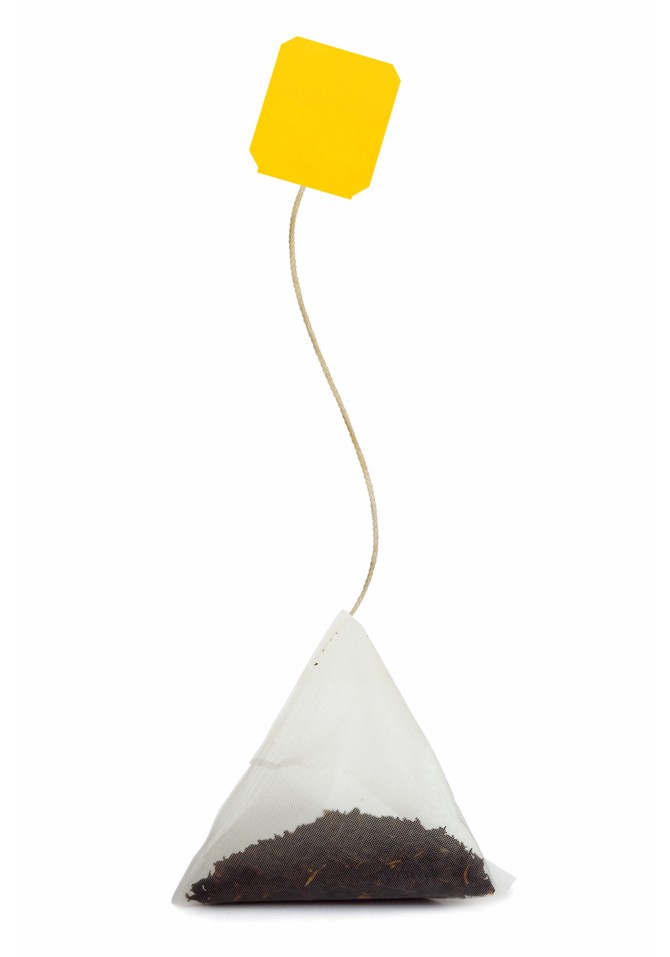
Photo: Thinkstock
It's Okay If You Want to Take the Easy Way Out
The reason "serious" tea drinkers always prepare their tea with loose tea leaves instead of a tea bag is that conventional tea bags don't give the leaves enough room to open and unfold (loose-leaf teas swirling around in a teapot expand much more easily). Chas Kroll, executive director of the International Tea Masters Association, says that means tea in a bag won't release its flavor as fully. Tea in prepackaged sachets is also likely to include fannings, which are smaller, fairly tasteless pieces (also known as "tea dust"). There are two alternatives to toting your own teapot around. First, Kroll notes that the newer, pyramid-shaped bags have enough space for the leaves to open in; many tea companies now offer this design. You can also buy paper tea filters you can fill yourself. They're big enough for the leaves to expand in (and you won't have to worry about fannings).
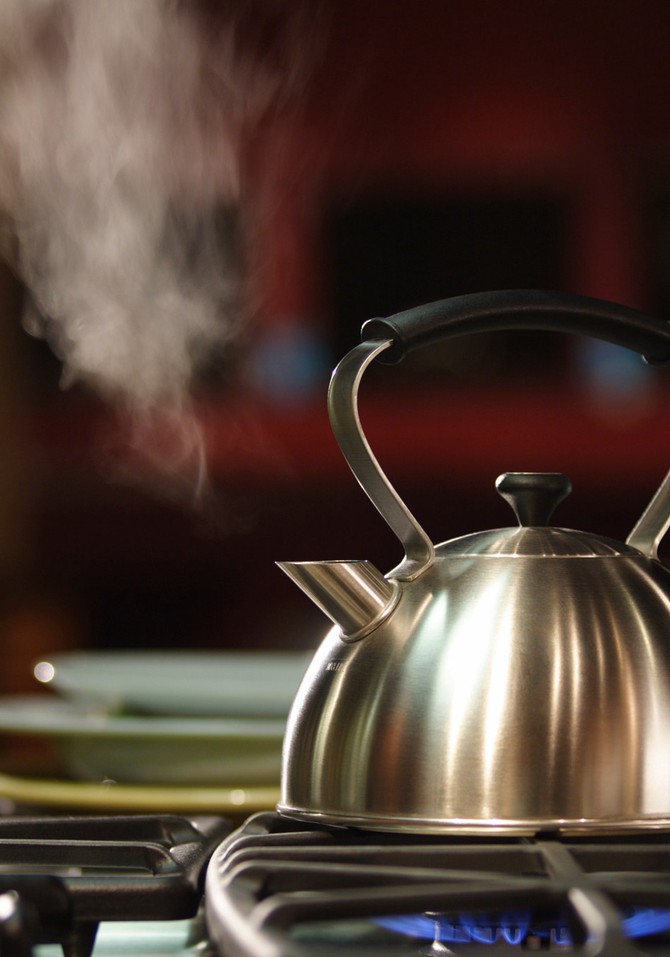
Photo: Thinkstock
There Is a One-Water-Temperature-Fits-All Tea
Water temperature really does make a difference when steeping tea. Experts say green and white teas should be steeped at about 170 degrees, since their delicate leaves will cook in water that's too hot; while oolong and black teas can take higher temps (195 degrees, or so) and herbals do best at the bizarre-but-universally-acknowledged temperature of 208 degrees. Helpful information for brewing at home, yes, but if you're traveling or at a restaurant, not so much. Kroll says you can still enjoy a perfect cup of tea, whether you're at a diner or on an airplane, by carrying a package of Japanese tea called gyokuro with you. It tastes great even if you steep it in water as "cool" as 130 degrees (which is about 10 degrees lower than the hottest water you can get from a tap). And while the best varieties of gyokuro go for a staggering $1,000 a pound, you can also find the tea for much less.
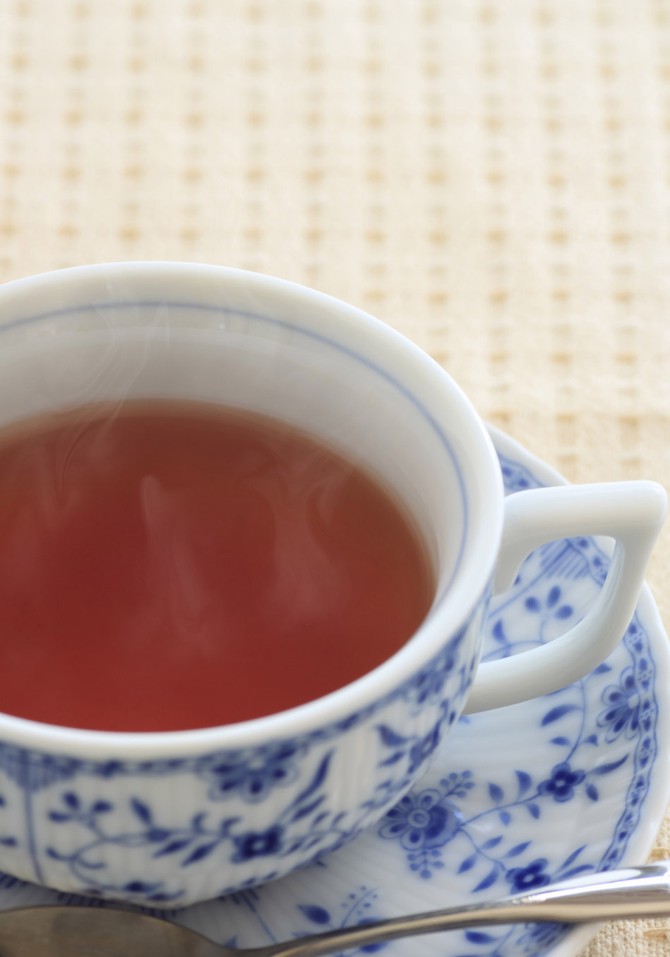
Photo: Thinkstock
Being Budget-Conscious Has Another Perk (Besides Saving You Cash)
Getting more than one cup of tea out of a spoonful of leaves is not just for the frugal-minded. Kroll finds that as he re-steeps certain tea—oolong, in particular, as many as 10 times!—the flavor actually intensifies. The aroma may change, too, depending on the tea (it can turn more floral as the leaves open up). A good rule of thumb is that it's fine to re-steep oolong, green, white and black teas (Kroll finds black tea from India tastes best if you only steep it once, while black tea from China can be steeped three times). Herbal teas, however, tend to lose their flavor after one steeping.
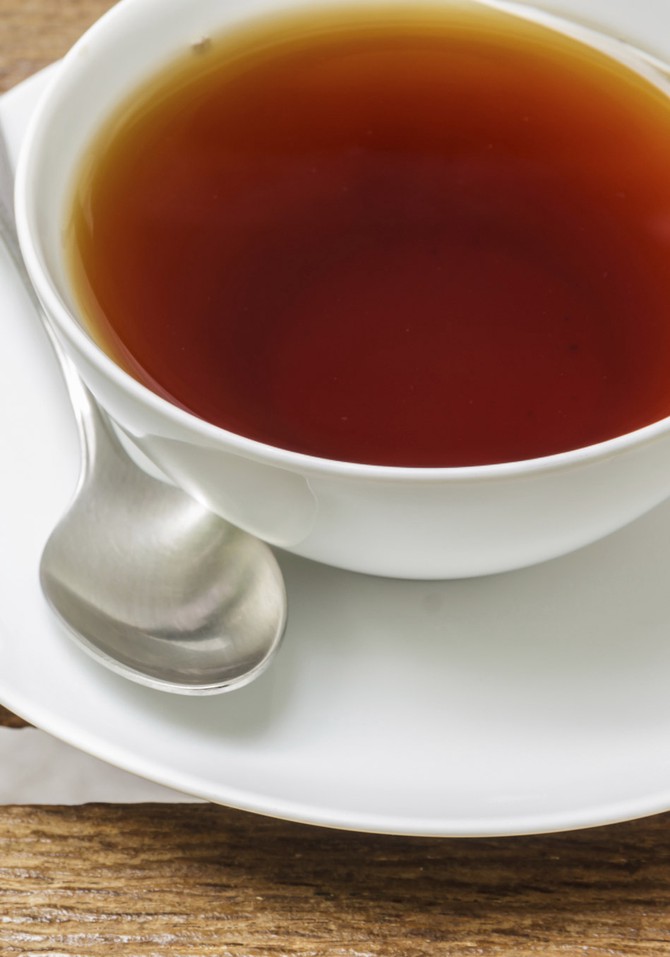
Photo: Thinkstock
Save the Milk for Your Coffee
Aside from taste and relaxation, tea also delivers antioxidants and vitamins; black tea, in particular, can improve vascular function. But adding milk to your tea negates the benefits, found a study published in the European Heart Journal. Researchers speculate that the milk proteins bind with the tea's antioxidants, neutralizing their effects. Kroll doesn't add anything—milk or sweetener—to his tea. (And if plain black tea doesn't appeal, there are many flavor varieties, including ones with fruit and spice notes, to try.)
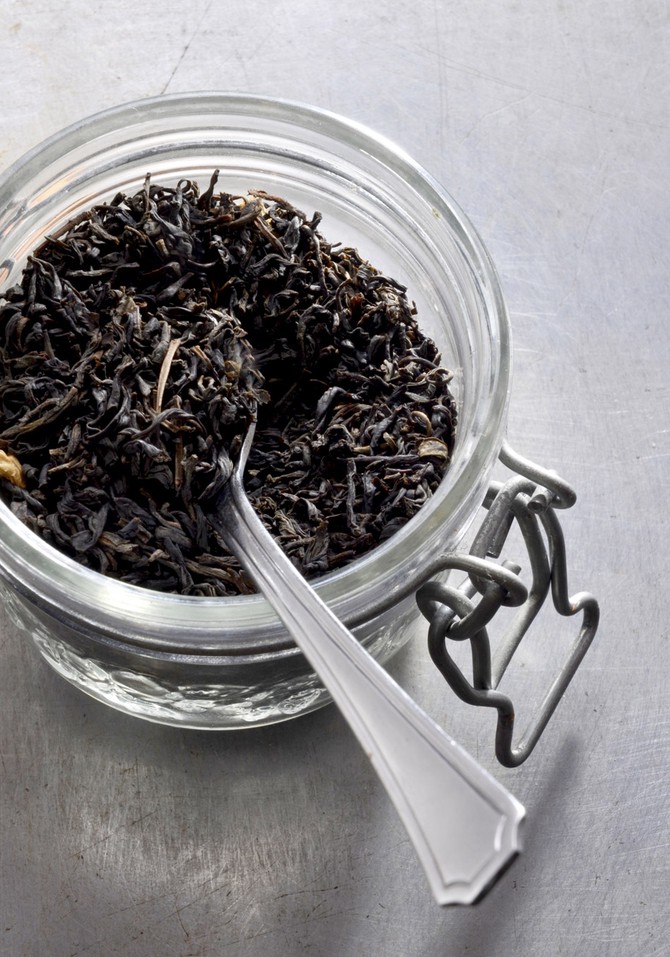
Photo: Thinkstock
Tea Doesn't Spoil As Quickly As You Might Think
You may have heard that tea has a shelf life—and it's true that green tea should be consumed within six months of purchasing. But other types of tea can last up to two years, as long as the container is airtight, out of direct sunlight and in a cool and dry environment (a kitchen cabinet is fine, just not one above the oven or stove).
Published 05/06/2014

